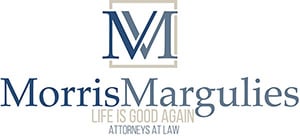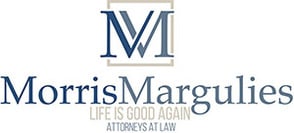If your debt is no longer manageable, filing for bankruptcy may be the best way for you to get a fresh financial start. There are two types of bankruptcy available for individuals: Chapter 7 and Chapter 13. While Chapter 13 bankruptcy is an option for anyone, Chapter 7 bankruptcy is reserved for lower-income individuals. If you are eligible for both, you should consider the differences between the two types before deciding which option is best for you.
Chapter 7 Bankruptcy: Liquidation of Assets
Chapter 7 bankruptcy is generally the more widely chosen option, as it is usually completed in three to five months. Your unsecured debts, including medical bills and credit cards, will be completely erased and an automatic stay will keep creditors at bay. However, your trustee will have to sell nonexempt property to pay off your creditors and your bankruptcy will negatively impact your credit, as it will be on your record for up to 10 years.
Chapter 13 Bankruptcy: Debt Repayment Plan
If you would like to keep your property and repay your debt, filing for Chapter 13 bankruptcy may be a better option, as you will be able to reorganize your debts rather than liquidate your assets. For a Chapter 13 bankruptcy, you will have to complete a repayment plan, which requires you to repay your debts over a three to five-year period. Once you have completed your plan, your remaining unsecured debt may be discharged.
If you have made the difficult decision to file for bankruptcy, it can be beneficial to have a lawyer on your side to help you through the process. Your attorney can review your records and help determine which type of bankruptcy is right for you.

